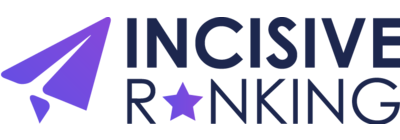No products in the cart.
In today's digital world, data is a precious commodity. Companies acquire and maintain a large amount of personal information from their customers, workers, and partners. However, as data breaches and privacy concerns have increased, the European Union (EU) has taken steps to protect its people' personal data.
The General Data Protection Regulation (GDPR) is a new data protection law that became effective on May 25, 2018. It aspires to give EU citizens more control over their personal data while also simplifying the regulatory environment for international business by consolidating regulation inside the EU.










